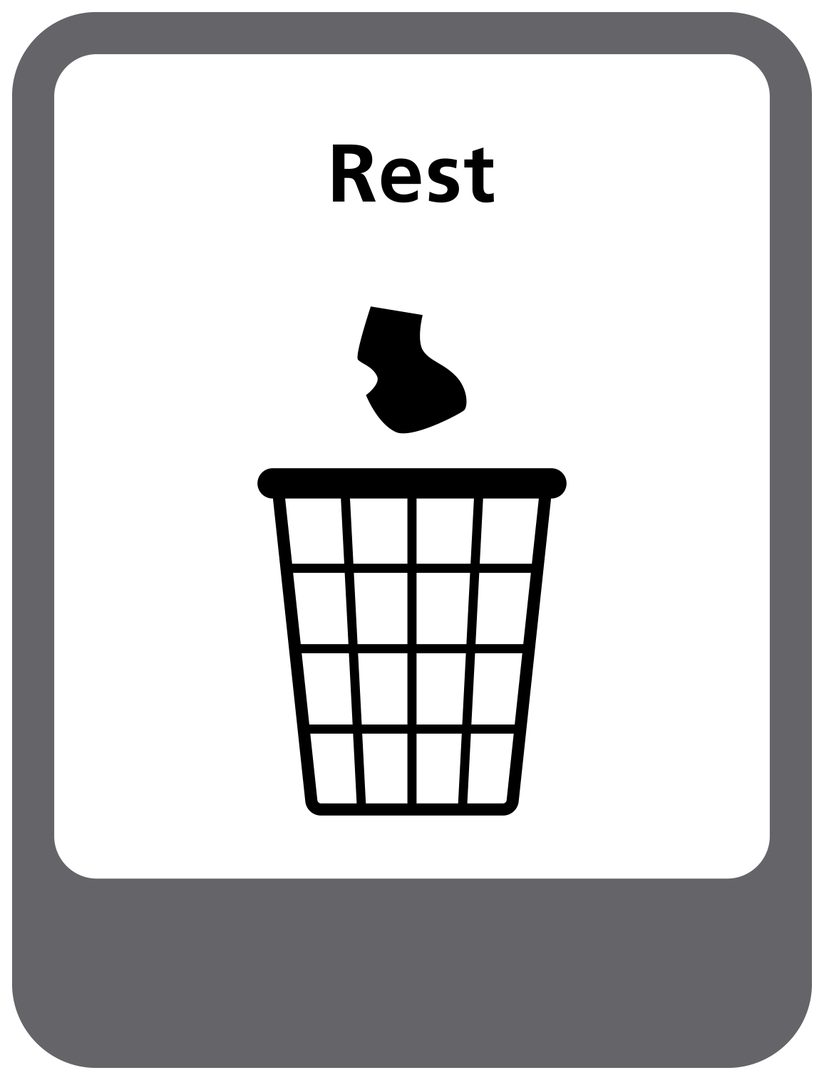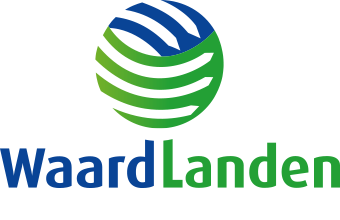Residual waste is all the waste we (unfortunately) cannot yet recycle and reuse. Separating waste properly significantly reduces residual waste. Less residual waste means a smaller waste mountain, lower waste disposal costs. And reuse of valuable materials separated from residual waste.
You can offer household residual waste in a container or collection container, or at any of the environmental centres. Depending on where you live, you have one of two options for disposing of your residual waste: a container or collection container in your neighbourhood.
> View your personal waste calendar
What belongs where?
With residual waste
- car seat
- takeaway pizza box
- lighter (empty)
- as
- bath oil and bath foam residues
- biros
- (bank) cards
- wallpaper (leftovers and used)
- can opener (non-electric)
- spectacle frames (aluminium and plastic)
- lenses
- carbon paper
- CD
- cement bag (empty)
- condom
- contact lenses
- cups of e.g. coffee
- women's dressing
- slide
- floppy disk
- DVD
- films (wrapping or shrink wrap)
- light bulb
- human and animal hair
- dog waste (with bag)
- wood (from a picture frame, cutting board, rolling pin, or individual pieces of wood, for example)
- charcoal
- popsicle sticks
- Incontinence material
- candle and candle wax
- cheese rinds
- cat hair
- cat litter pellets or litter as standard
- chewing gum
- soiled kitchen roll paper
- kit case (empty)
- adhesive tape
- coloured pencil
- crystal
- cork of bottle
- cushion
- brush with hardened paint
- LP (long playing record)
- latex (from gloves, for example)
- nappies and nappy wipes
- make-up packaging with remnants
- highlighter
- nail polish bottles
- nylon thread
- oasis blocks or floral foam
- ear bud (cotton bud)
- stuffed animal
- binders and ring binders
- pans (for cooking)
- paper towels (contaminated)
- paper tablecloth (soiled)
- paper tissues (contaminated)
- brush
- Styrofoam (small amount)
- pills: empty (blister) strips
- pizza box soiled with food residues
- adhesive tape
- patch
- cleaning rags
- wig
- racket (wood, plastic or metal)
- cleaning wipes
- radiographs
- rubber
- sheep's wool
- shells of e.g. oysters and mussels
- shards of glass
- shards of porcelain
- painter's tape soiled with paint
- shoe polish
- cleaning wipes (disposable)
- abrasive sponge
- napkins with food leftovers
- crockery (broken)
- cigars and cigarettes
- slippers (plastic)
- chipboard (small quantities)
- aerosol empty
- stamp pad
- sticker
- marker
- fabric
- dust bag
- ostomy bags
- tobacco
- tampon
- toothbrush
- toothpick
- dental floss
- vacuum jug
- tissues (disposable tissues)
- toilet wipes
- rope
- garden hose
- bandages (first aid)
- packaging paper or cardboard with food residues
- soiled rags
- videotape
- vinyl wallpaper
- moist toilet paper
- rags soiled with oil, grease or paint
- football
- bird sand/ aviary sand
- fountain pen
- fireworks waste (used fireworks)
- wasco (chalk)
- cotton wool
- paper handkerchief
- soap residues
- silver bag for food (coffee, baby porridge)
- silver sand (birdcage)
Not in residual waste
Materials that can be added to another (separated) waste stream. These materials are recycled. They are used as raw materials in the manufacture of new products. Reusable raw materials that are collected separately include: paper and cardboard, PMD, VGF waste, glass and textiles.







